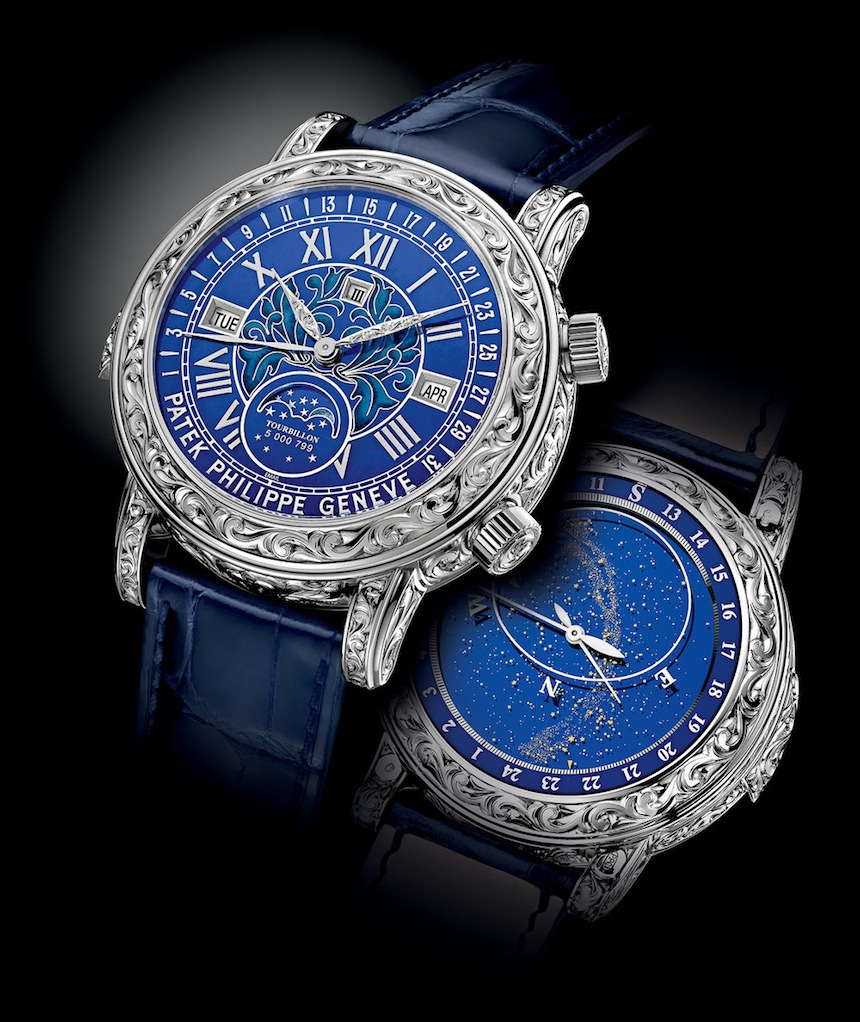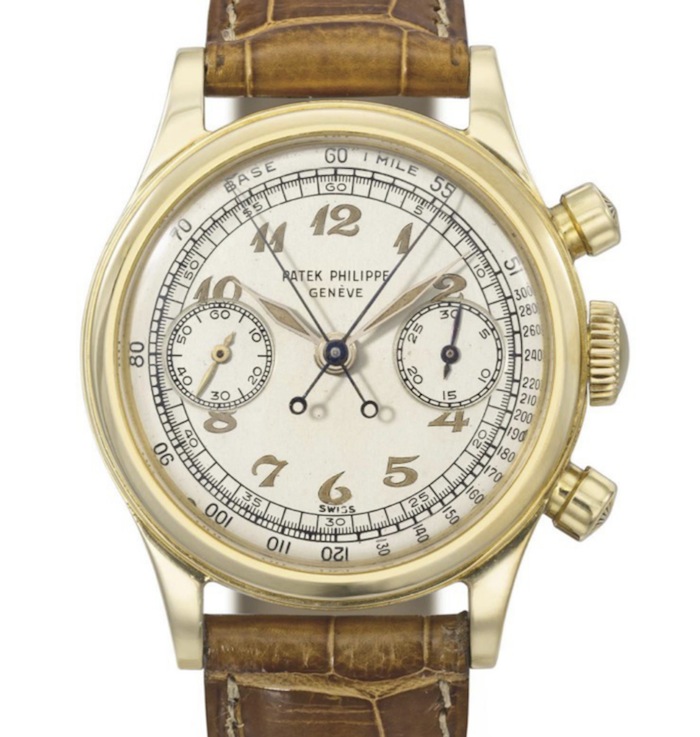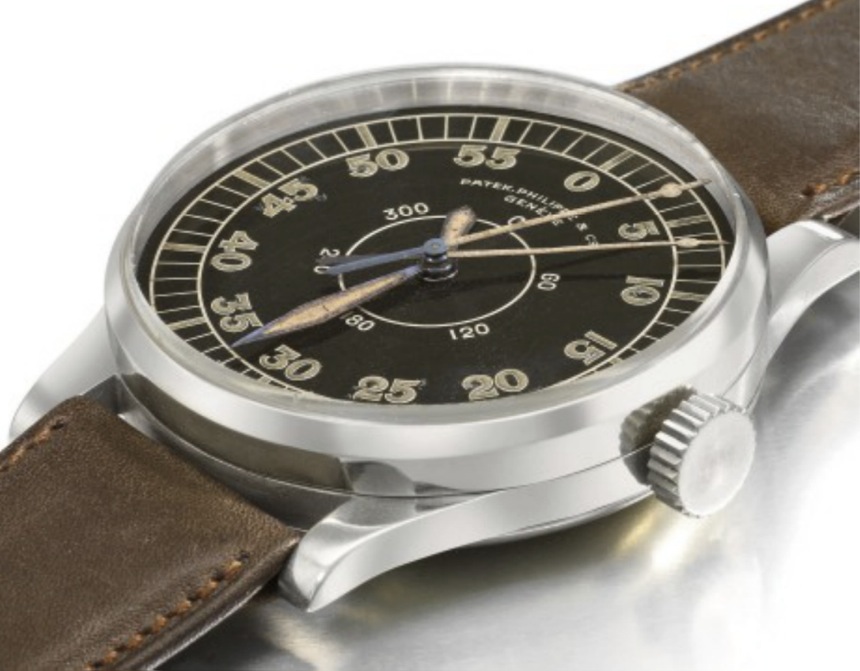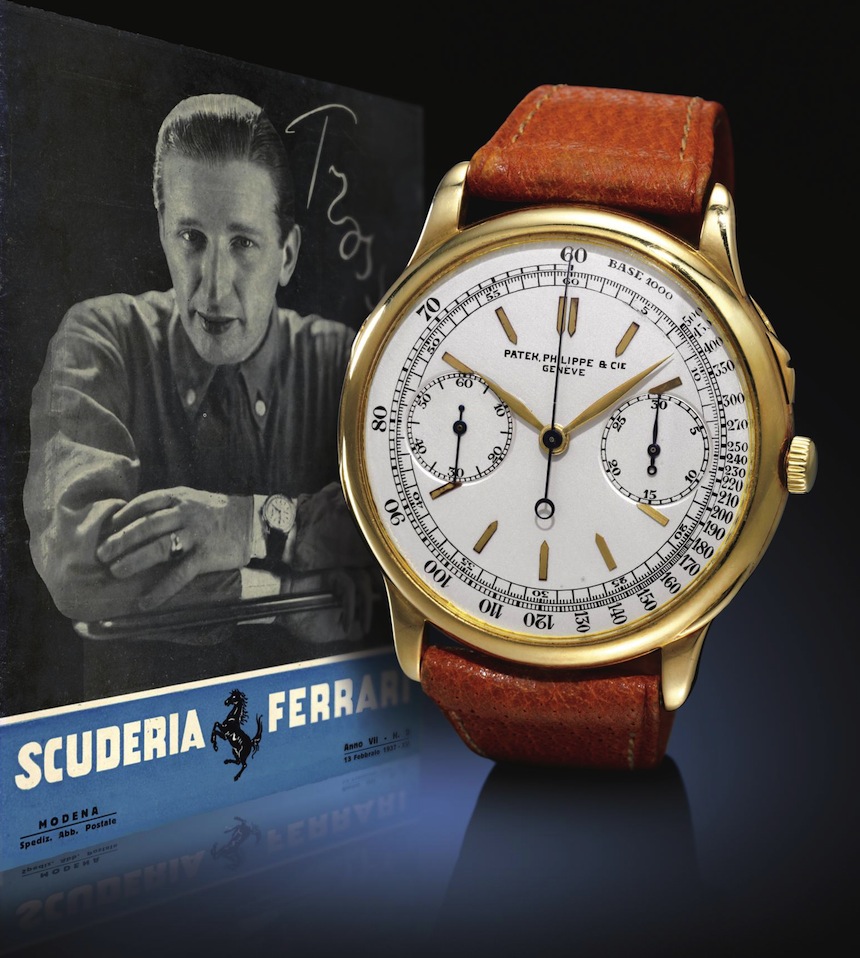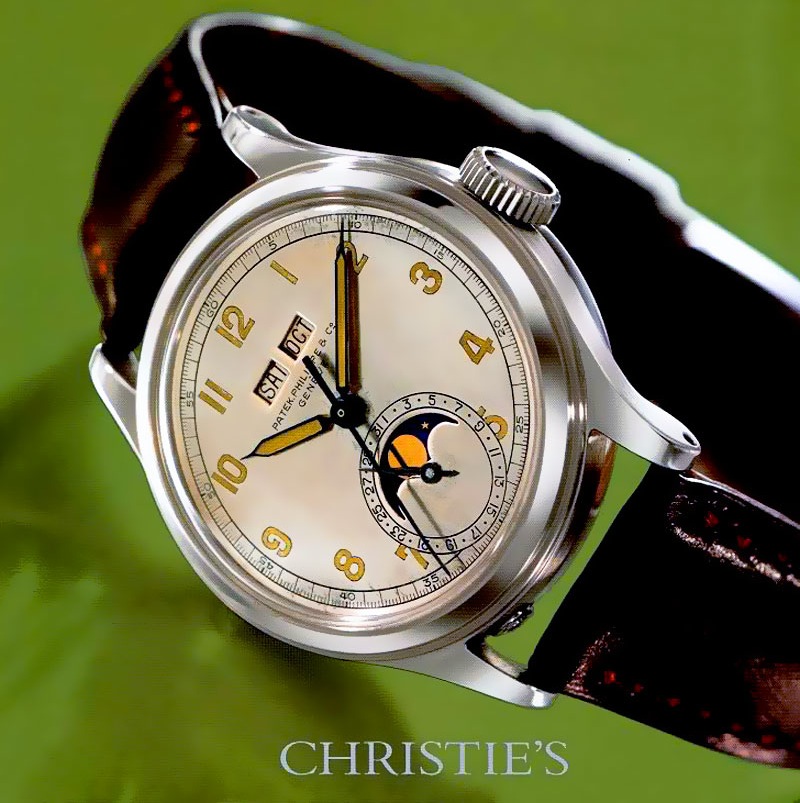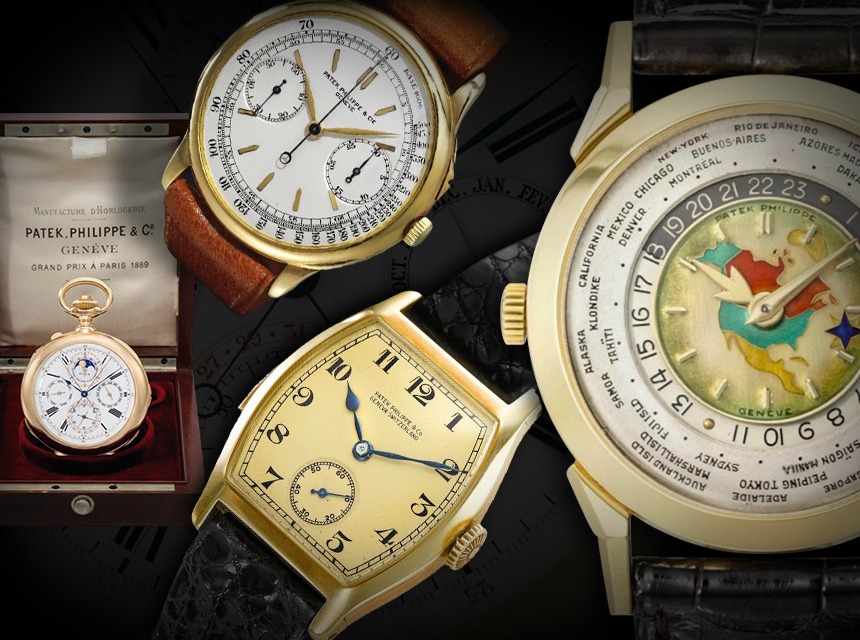
The name Patek Philippe is among the most powerful in the entire watch industry. It is synonymous with class, conservatism, high auction values, price legitimacy, and some of the best looking traditional watches now, or ever. Patek Philippe remains an independent company whose secrets and plans are tightly guarded, and its most exclusive watches often go directly from the factory to the hands of the world’s most prestigious collectors — never to be displayed in a store counter or window. When it comes to high-end timepiece auction prices, Patek Philippe leads the pack. easily dominating all other watchmakers in regard to achieving regular, record-setting prices.
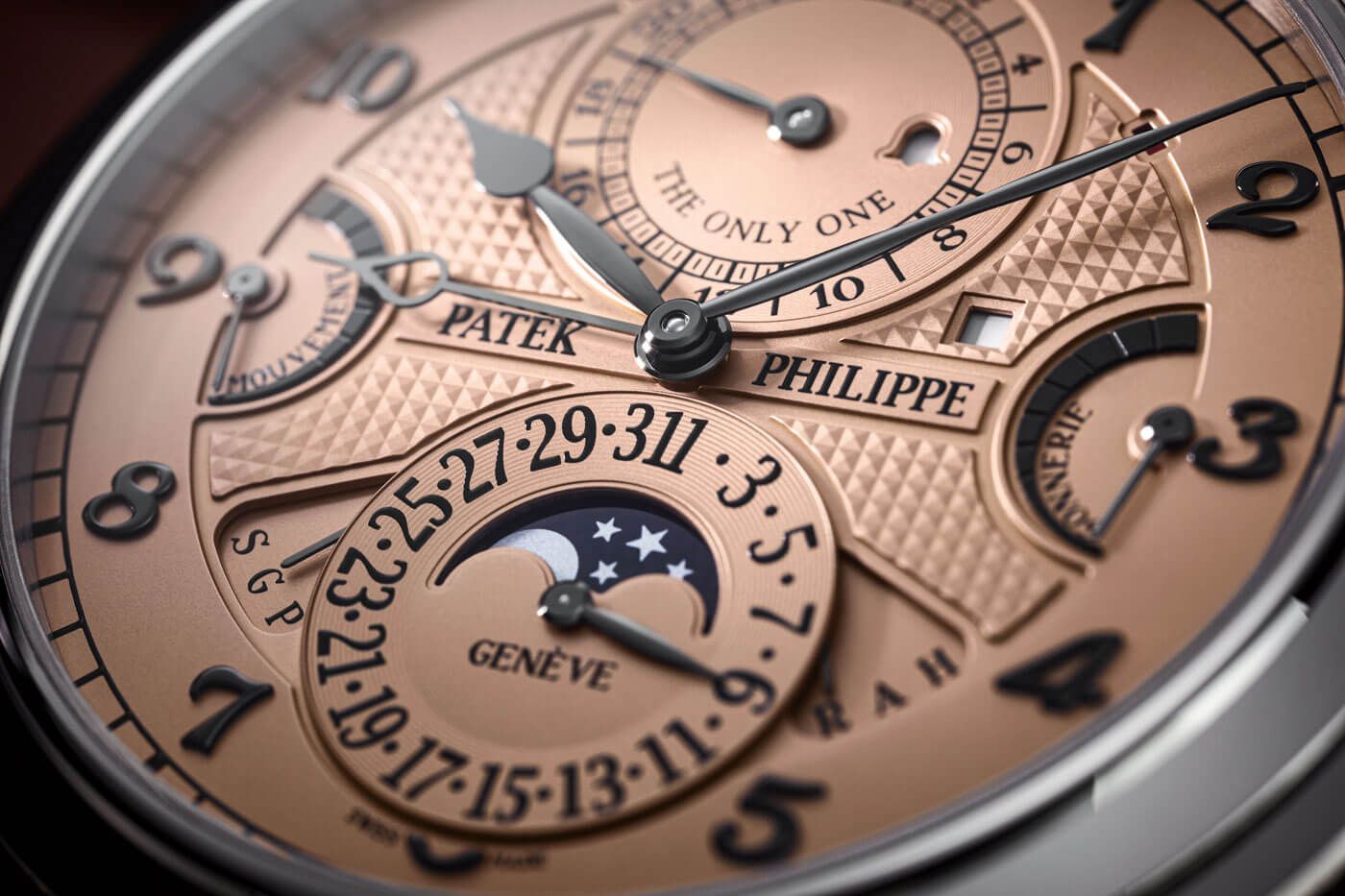
Most Patek Philippe watches that yield not-so-small fortunes during auctions as extremely rare, often unique pieces made for special collectors. Most of these bespoke Patek Philippe watches were produced in the first half of the 20th century, during a time when Patek Philippe was much more open to design and product experimentation. Though some of its most valuable timepieces (which includes both pocket and wristwatches) have been produced in the modern era. aBlogtoWatch has compiled an assortment of the world’s rarest and most valuable Patek Philippe watches in terms of price, starting with a collection of 15 pieces. The list may grow over time as auction results or new watches of extremely high worth over $1,500,000 become available to share.
18. Sky Moon Tourbillon 6002G $1,500,000
The Sky Moon Tourbillon is, without a doubt, one of the most widely recognized watches that Patek Philippe has ever made. Earlier last year, in 2013, the manufacture introduced its follow-up model, now referred to as 6002G. With its astonishingly intricate (and perhaps slightly excessive) engravings adorning its 18k white gold case, the 6002G managed to elevate the already striking appearance of its predecessor to another level. Beyond its stunning aesthetics, this reference hides the most complicated wristwatch movement that Patek makes. The front of the watch displays the time, perpetual calendar with retrograde date, and the phase of the moon, while the dial on the back is reserved to address more unearthly issues. It features a stellar illustration of the northern sky as well as indications for sidereal time on a 24-hour scale, time of meridian passage of Sirius and of the moon, along with the angular progression and the phase of the moon.
Although not revealed by a sapphire window on the white gold case (because it has a double-side dial), the movement’s regulating organ is a one-minute tourbillon. Consisting of 69 parts and weighing a total of just 0.3 grams, it is one of the few tourbillons that are actually submitted to rigorous chronometry tests, with its rate fluctuations set not to exceed -2 and +1 seconds per day. Finally, the Sky Moon Tourbillon’s 686-component caliber also features a minute repeater, chiming the time – the one that is displayed on the front dial – with its two cathedral gongs. With only two being made by Patek, the price for all this engraved haute horologerie goodness is around $1,500,000. It isn’t all that much more than a standard ref. 5002 Sky Moon Tourbillon, either.
17. Reference 1563 Split-Second Chronograph in 18k Gold – $1,572,789
Manufactured in 1947 and sold in 1950, this piece (auctioned by Christie’s in November 2013) is one of three Reference 1563 that are known to exist. Based on the 1436, it is a bi-compax chronograph and it also has the waterproof screw-in case back of the 1436. The difference is to be found in the added feature and complication of the split-seconds chronograph mechanism. Such a complication is known as one of the most difficult to assemble and produce.
This particular piece is unique among the three iterations of the 1563 in that it has luminous Breguet numerals and also luminous sword hands – all original to the watch. Noted in Patek’s documents concerning this watch is the fact that it actually has 1436 stamped on the inside of its caseback, though it is not written whether this is for the lack of correctly stamped components, or just because someone had a rough night the day prior to assembling this beautiful piece. What we feel certain about is that owing to its bold numerals, beautifully balanced dial layout and its sublime complication, this watch sports a timeless and, dare we say, a more sportier look, something that makes this piece hugely desirable for the collectors of today and tomorrow.
16. Possibly Unique Aviator Prototype Wristwatch – $1,710,690
The world’s rarest and hence most expensive Patek Philippe watches are all unique creations which carry one or more unique accomplishments that set them apart from the rest. Having said that, this Prototype Pilot’s watch from 1936 is just something else. To begin with, its movement was actually made in 1912, and it was only some 24 years later that it was set in its nickel-chromed case that is seen above. Equipped with what is referred to as a “splittable center seconds and hour angle dial,” this unique prototype has only one counterpart out there, as Patek is known to have only made two of such watches.
What this weird term “hour-angle dial” actually means is that the hour hand rotates once in 24 hours, indicating the degrees of arc against the center circle divided into 360. The “minute” hand rotates once every 4 hours and is read against the scale of 60. The two second hands revolve every 4 minutes, showing the angular minutes. Consequently, the time shown on the watch as pictured reads 332 8.5′, translating into 22 hours, 8 minutes and 30 seconds, the very time that all watches show in books and catalogs. Measuring in at an immense 56mm in diameter, this piece was designed to be worn by pilots who would wear it on the outside of their flight suit. A truly unique and very interesting piece that was sold by Christie’s on the 11th of May, 2009, for $1,710,690.
15. Unique Extra Large Single Button Chronograph – $2,240,000
Sometimes things need not be so complicated to be desirable and, for some, to be exceedingly valuable. Big watches are in nowadays, and that makes important watches of the past which were extraordinarily large for the time in high demand. In the special world of auctions, high demand equals no limit bidding. A stellar example is this monopusher chronograph from 1932: cased in an 18k gold case measuring 46 millimeters in diameter, not only was it considered to be an extremely large watch at the time, but it still remains uncharted territory as Patek Philippe generally makes much more conservatively sized pieces.
Produced as a special order and sold for Count Carlo Felice Trossi, the president of Scuderia Ferrari, not only is this watch rare, but also has the important added value of a prominent owner. It is also a rarity to have a photograph from such early times of not only the first owner but of him actually wearing the watch. Seen in the background on the image above is the president of Ferrari, proudly wearing his custom made, 46mm Patek single button chronograph on his sleeve, where he presumably wore it for the benefit of easier access as he was timing laps. Sold by Sotheby’s in May 2008 for $2.24 million, this watch is yet another proof of the massive interest in important and unusually large watches of the past.
14. Reference 1591 Perpetual Calendar- $2,240,714
Over the years (well, centuries), Patek has created a fantastic array of different references, most of which you will discover in our selection. While the 1591 may just be one you have not heard about before, it’s clear it has something special going for it once you learn that it was featured on the cover of Christie’s Geneva Important Pocket Watches and Wrist Watches Catalog in 2007. Its special blend of exceptionally refined aesthetics and stunningly complex inner workings make the 1591 an extremely desirable piece even among other historically important watches. As if that was not enough, let’s add that only two, that’s right, two pieces were ever made. The one sold by Christie’s is, well, one of a kind, being the only one housed in stainless steel, while the other piece is in 18k yellow gold. And despite the fact that it was manufactured in 1944 — at an extremely early and war-stricken time, and also set in a material that Patek has duly avoided — this piece has a lot to offer.
According to Christie’s notes, this watch was unknown to literature and the market until 1996. This is when it was first offered at auction and also when it broke the world record for a stainless steel wristwatch ever sold at auction. According to Patek’s notes, this piece was sold by its retailer in India and, as Christie’s remarks, it actually was “the pride of a Maharaja who enjoyed wearing the robust timepiece occasionally when playing polo. It was then given as a present to the man in charge of organizing the Maharaja’s wedding.” After fetching a striking $2,240,714, all we know is that the piece can now be found at the Patek Philippe Museum… and that I never before wanted so much to be a wedding organizer in India.

